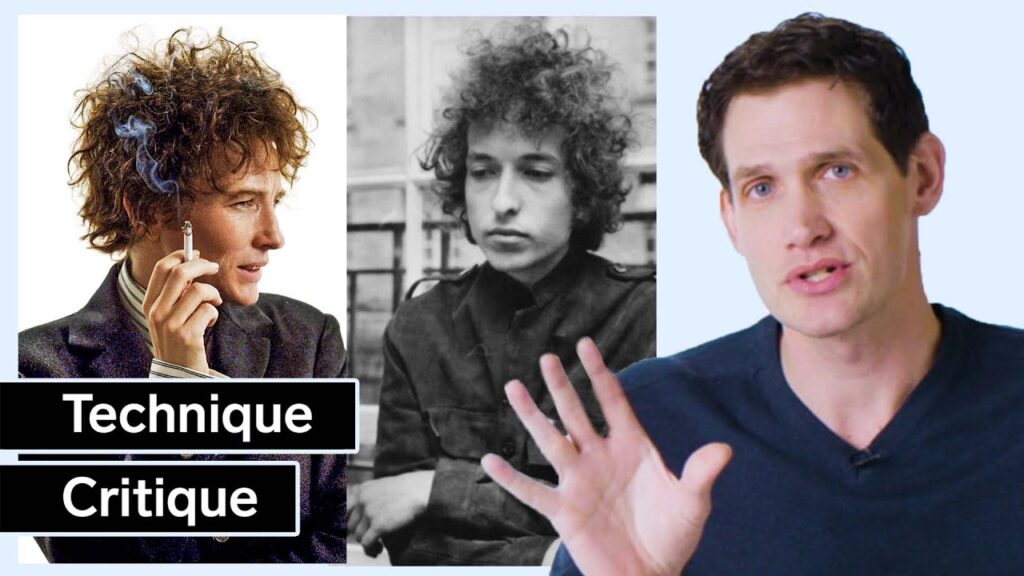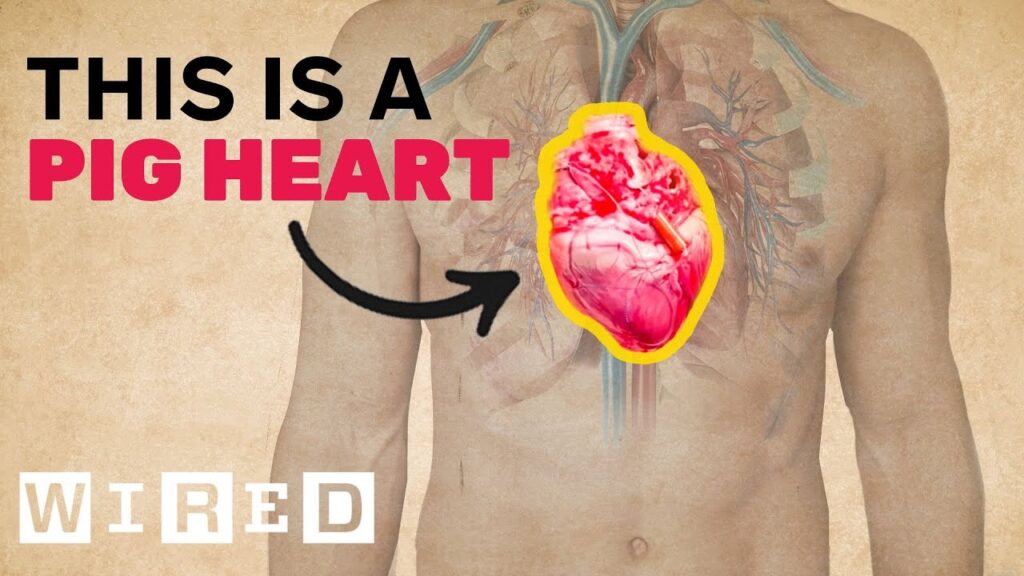Machine Learning: Understanding the Five Levels of Complexity
Summary
In this article, we delve into the world of machine learning and explore the five levels of complexity involved in teaching machines to learn from data and make predictions. We discuss the differences between human and machine learning and how machines can process large amounts of data quickly, but humans have better judgment and can incorporate new information into their decision-making process.
Table of Contents
- Introduction to Machine Learning
- The Five Levels of Complexity in Machine Learning
- Supervised Learning vs. Unsupervised Learning
- Reinforcement Learning
- Deep Learning
- Conclusion
Introduction to Machine Learning
Hilary Maso, a computer scientist, explains that machine learning involves teaching computers to learn patterns from looking at examples in data so that they can recognize those patterns and apply them to new things they haven’t seen before. For example, a machine might learn to differentiate between cats and dogs by analyzing their physical characteristics. Hilary builds products that use machine learning to learn about the world and make guesses about things in the world.
The Five Levels of Complexity in Machine Learning
Machine learning involves five levels of increasing complexity. The first level is learning from data, where machines are trained to recognize patterns in data. The second level is learning from labeled data, where machines are given labeled examples to learn from. The third level is learning from labeled data with feedback, where machines are given feedback on their accuracy. The fourth level is learning from unlabeled data, where machines are given data without labels and must find patterns on their own. The fifth level is learning from unlabeled data with feedback, where machines are given feedback on their accuracy without labels.
Supervised Learning vs. Unsupervised Learning
Supervised learning is where machines are given labeled data to learn from, and the goal is to predict a label for new, unlabeled data. Unsupervised learning is where machines are given unlabeled data to find patterns on their own, and the goal is to discover hidden structures or relationships in the data.
Reinforcement Learning
Reinforcement learning is where machines learn through trial and error. The machine is given a goal, and it learns through feedback whether its actions are getting it closer to or further from that goal. Reinforcement learning is used in game playing and robotics.
Deep Learning
Deep learning is a subset of machine learning that involves training artificial neural networks to recognize patterns in data. Deep learning is used in image and speech recognition, language translation, and self-driving cars.
Conclusion
Machine learning is a powerful tool that can be used to make predictions and learn about the world. While machines are great at processing large amounts of data quickly, humans have better judgment and can incorporate new information into their decision-making process. By understanding the five levels of complexity in machine learning, we can develop systems that can make accurate predictions and learn from data.







